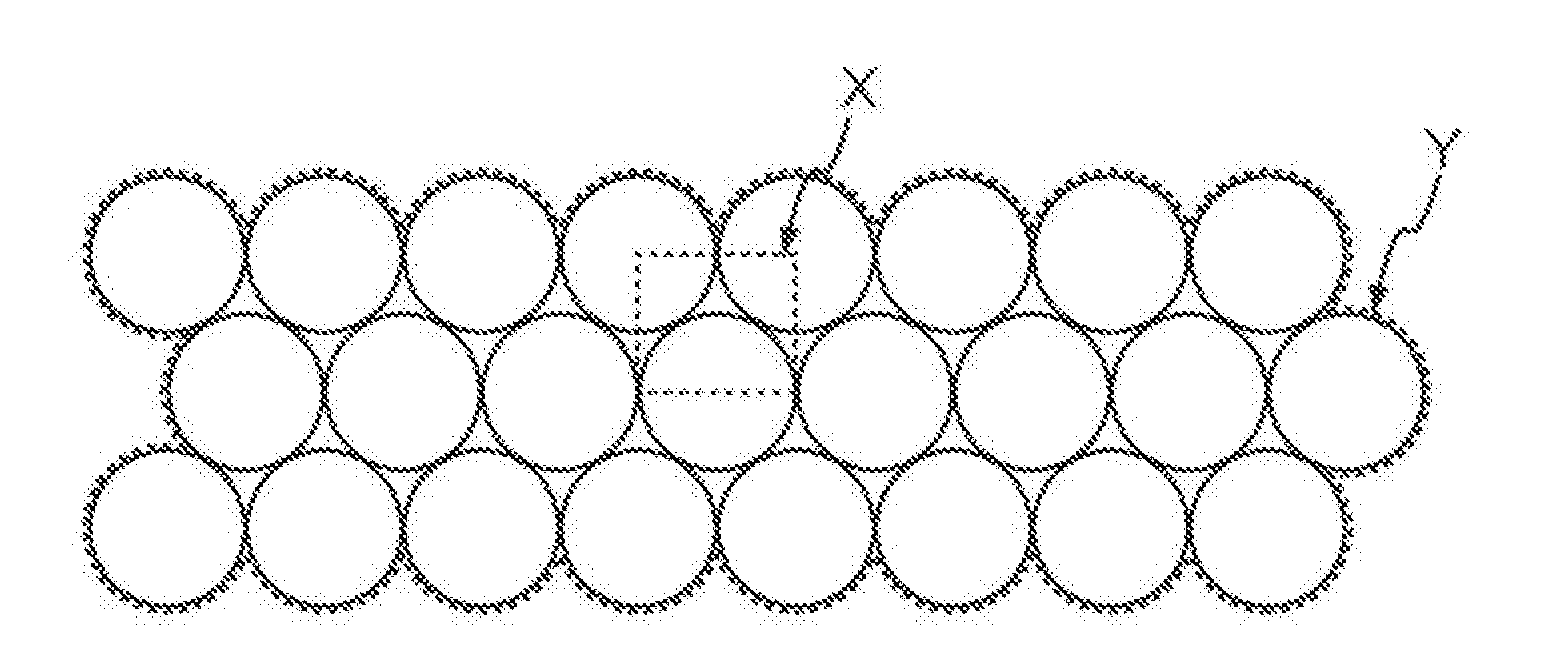Method for producing a composite material
a composite material and production method technology, applied in the field of composite material production, can solve the problems of fixed cost, cost of expensive special machinery, cost and material waste, and affect the total production cost, so as to improve the strength-to-weight ratio, improve the durability, and improve the effect of materials
- Summary
- Abstract
- Description
- Claims
- Application Information
AI Technical Summary
Benefits of technology
Problems solved by technology
Method used
Image
Examples
Embodiment Construction
[0054]A method according to the invention is primarily intended for use when producing high-performance carbon fiber composite materials, although other uses are feasible. Such materials are especially useful in demanding applications, such as space ships, satellites, aircrafts, ships, boats, sports cars, wind mills, and golf clubs, where it is highly desirable to achieve lightweight constructions having high strength and stiffness. Hereinafter such a method according to an embodiment of the invention will be described.
[0055]In summary, the method according to an aspect of the invention comprises the steps of:[0056]mixing a matrix substance and a diluent to form a mixture;[0057]bringing the mixture in contact with a reinforcement fiber structure; and[0058]separating diluent from matrix substance during curing of the matrix substance to form a fiber-reinforced composite material.
[0059]In a method according to an embodiment of the invention, a plastic matrix substance, s...
PUM
| Property | Measurement | Unit |
|---|---|---|
| Fraction | aaaaa | aaaaa |
| Fraction | aaaaa | aaaaa |
| Fraction | aaaaa | aaaaa |
Abstract
Description
Claims
Application Information
 Login to View More
Login to View More - R&D
- Intellectual Property
- Life Sciences
- Materials
- Tech Scout
- Unparalleled Data Quality
- Higher Quality Content
- 60% Fewer Hallucinations
Browse by: Latest US Patents, China's latest patents, Technical Efficacy Thesaurus, Application Domain, Technology Topic, Popular Technical Reports.
© 2025 PatSnap. All rights reserved.Legal|Privacy policy|Modern Slavery Act Transparency Statement|Sitemap|About US| Contact US: help@patsnap.com


